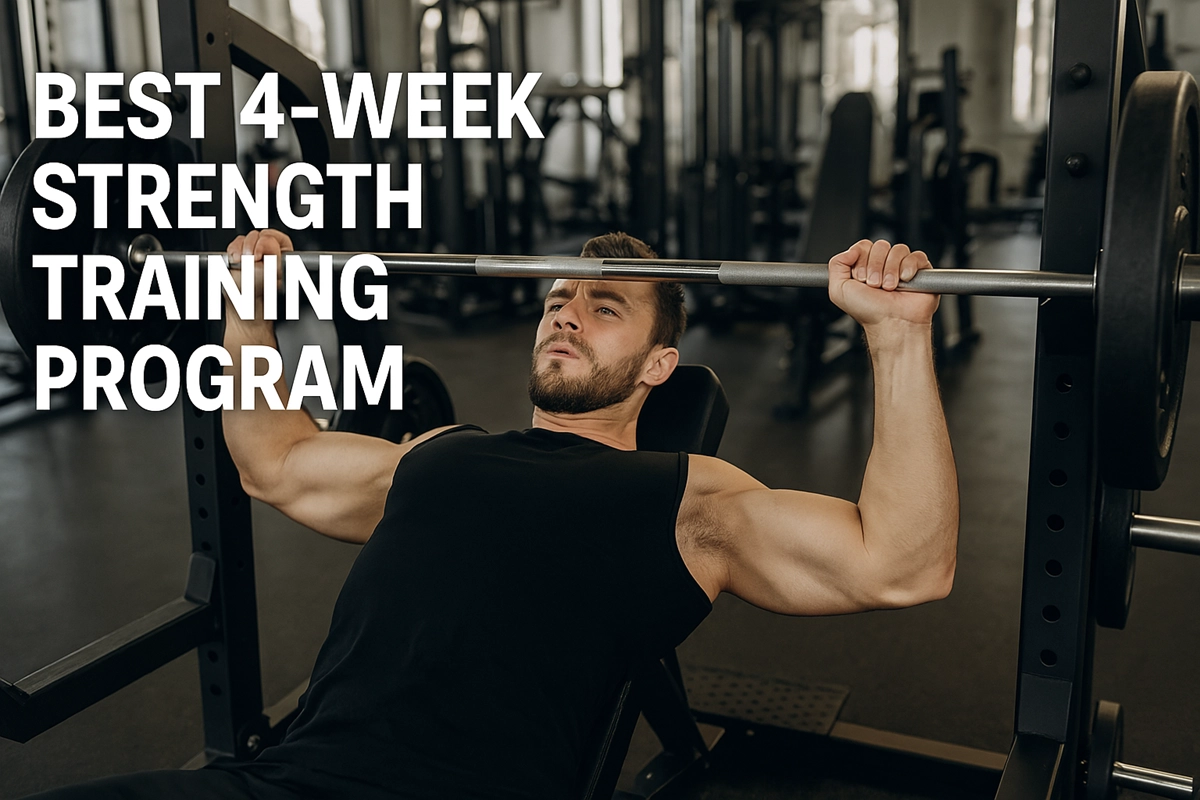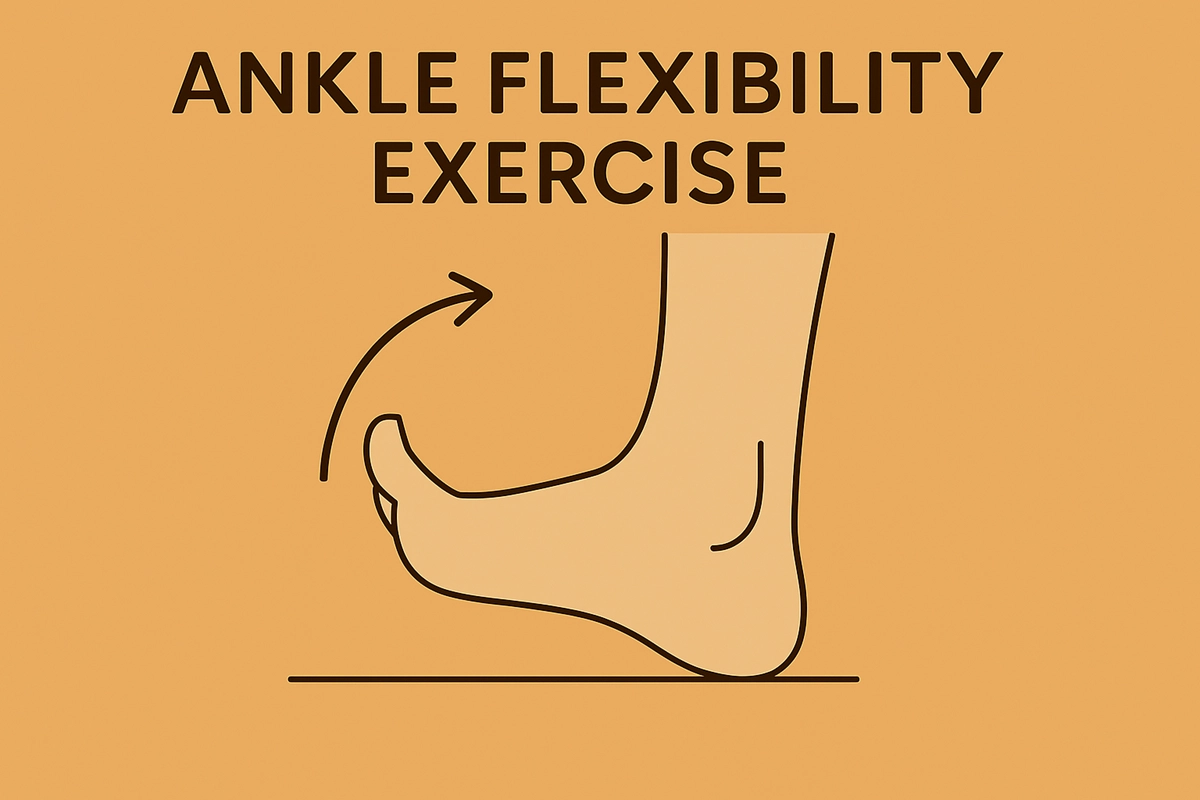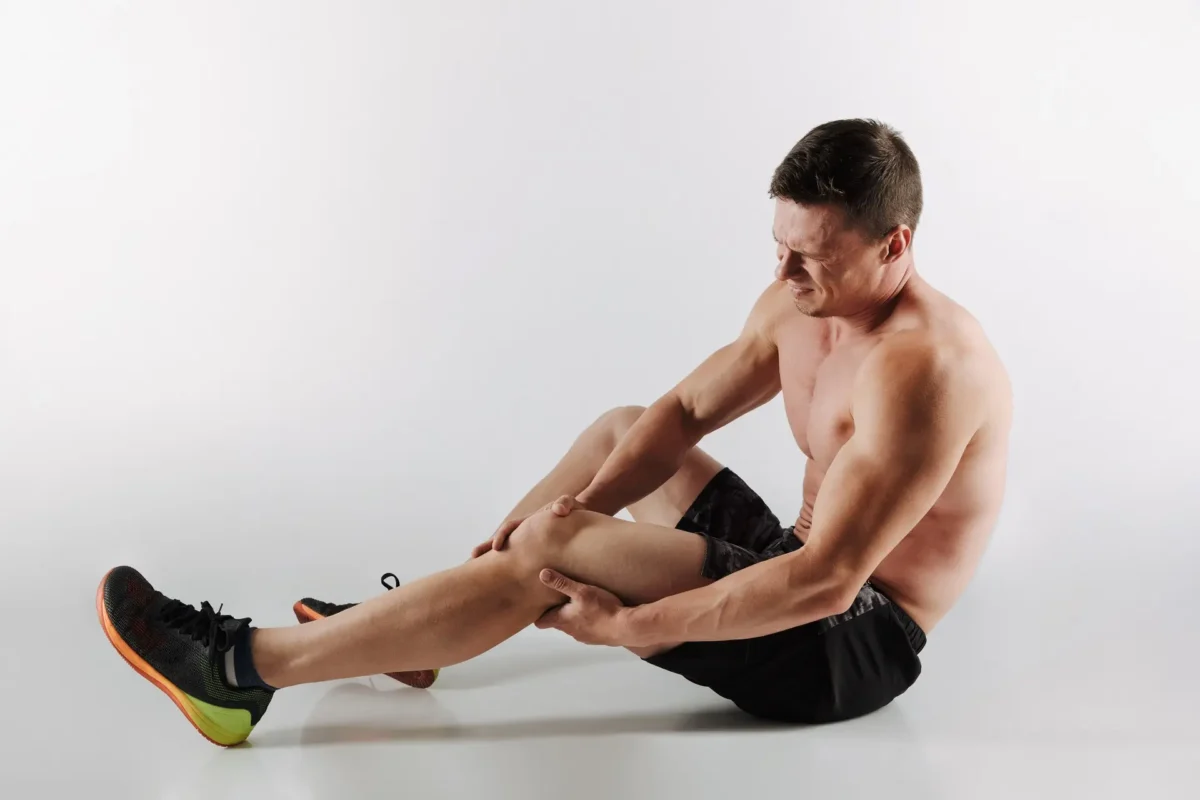Whether you’re a seasoned athlete or a desk-bound professional, stretching can transform your fitness and daily life.
You’ll notice immediate benefits, such as increased flexibility and reduced muscle tension, but the long-term advantages extend much deeper. As Arnold Schwarzenegger often said, “The last three or four reps are what makes the muscle grow,” – and similarly, consistent stretching makes lasting changes to your body’s capabilities.
Let’s explore how this fundamental practice can revolutionize your physical performance.
Benefits of Stretching
Three primary benefits make stretching an essential part of any fitness routine: improved flexibility, reduced muscle tension, and enhanced range of motion.
When you incorporate regular stretching exercises into your workout routine, you’ll notice significant improvements in maintaining your flexibility. Your muscles become more pliable, and you’ll experience better blood circulation throughout your body.
Just as Arnold always said, “The pump is better than coming,” and proper stretching helps maximize that pump.
You’ll also find that consistent stretching reduces muscle tension and promotes better joint health. By focusing on stretching exercises that target specific muscle groups, you’re giving your body the attention it needs for peak performance.
Your range of motion will improve, making everyday activities easier and helping prevent common exercise-related injuries.
1. Increases Your Flexibility
While many fitness enthusiasts focus solely on building strength, flexibility training remains a cornerstone of peak physical performance. You’ll discover that regular stretching greatly improves your joint range of motion and helps prevent muscle soreness after workouts.
Through a combination of static stretches and dynamic stretches, you’re not just improving your flexibility—you’re investing in your long-term health. As you age, maintaining flexible muscles and joints becomes increasingly essential for everyday activities.
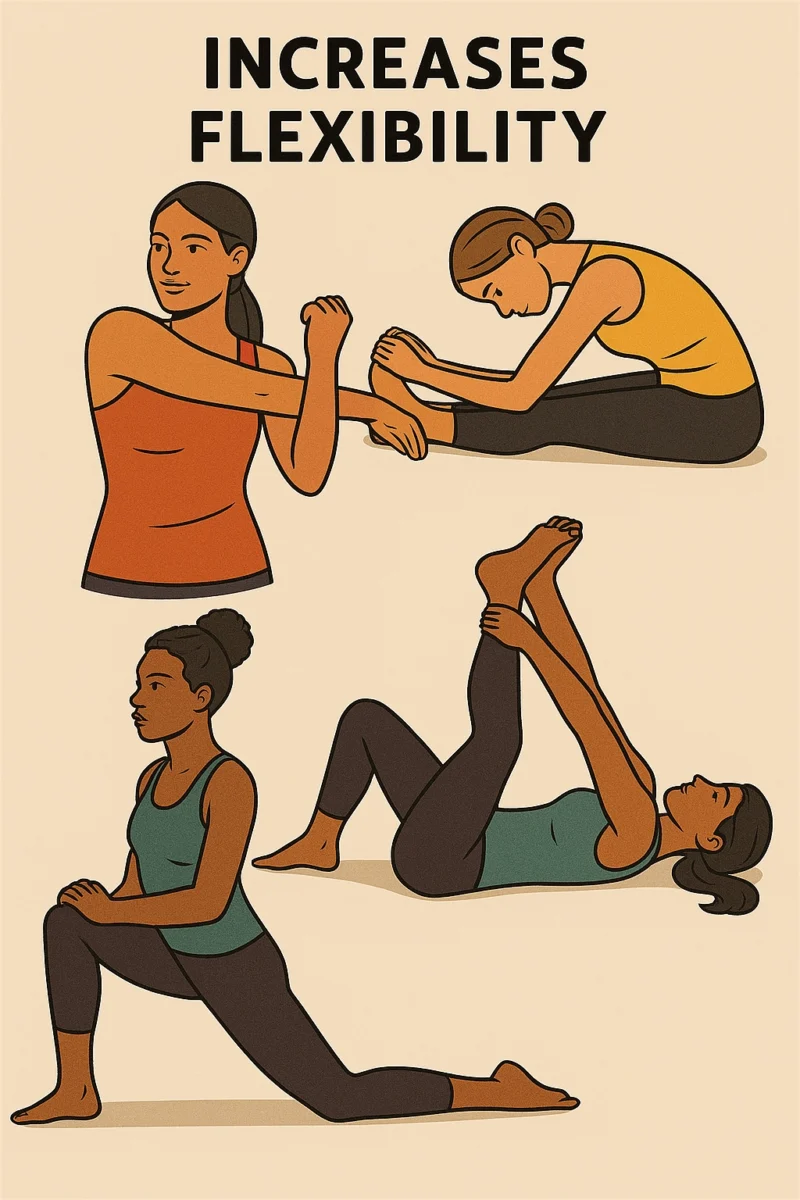
Just as Arnold always emphasized the importance of complete fitness, your body needs both strength and flexibility for ideal performance.
Regular stretching also plays a crucial role in injury prevention, enabling you to move more freely and confidently through your daily activities. You’ll find that consistent flexibility work helps maintain your mobility well into your later years.
2. Increases Your Range of Motion
Achieving your maximum range of motion opens new levels of physical performance and functional strength. When you regularly practice proper stretching techniques, you’ll experience greater freedom of movement in your daily activities and workouts.
Your range of motion directly impacts how well you can perform exercises and everyday tasks. Limited mobility can lead to muscle imbalances, joint pain, and back pain—issues that’ll hold you back from reaching your full potential.
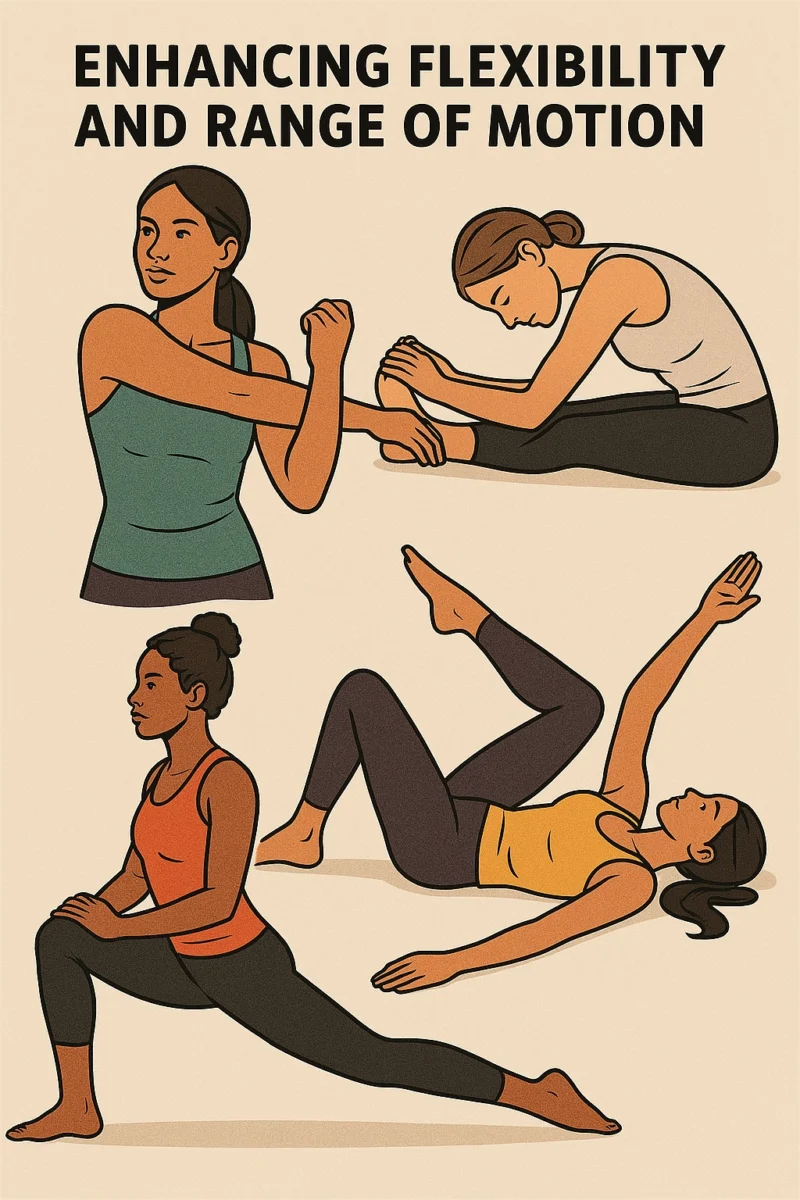
As Arnold always said, “The last three or four reps are what makes the muscle grow,” but you can’t push those limits without proper flexibility.
3. Improves Your Performance in Physical Activities
Regular dynamic stretching transforms your performance across all physical activities, from intense workouts to casual sports.
When you incorporate dynamic stretches into your exercise routine, you’re preparing your muscle groups for the specific movements they’ll need to perform. This preparation enhances blood flow and activates your nervous system, setting you up for peak athletic performance.
Think of dynamic stretching as your body’s warm-up engine – it gets all systems firing before you tackle your main activity.
Whether you’re training for a competition or recovering through physical therapy, these movement-based stretches help your body:
- Shift smoothly into exercise mode
- Respond better to physical demands
- Maintain proper form during activities
- Achieve ideal performance levels throughout your workout
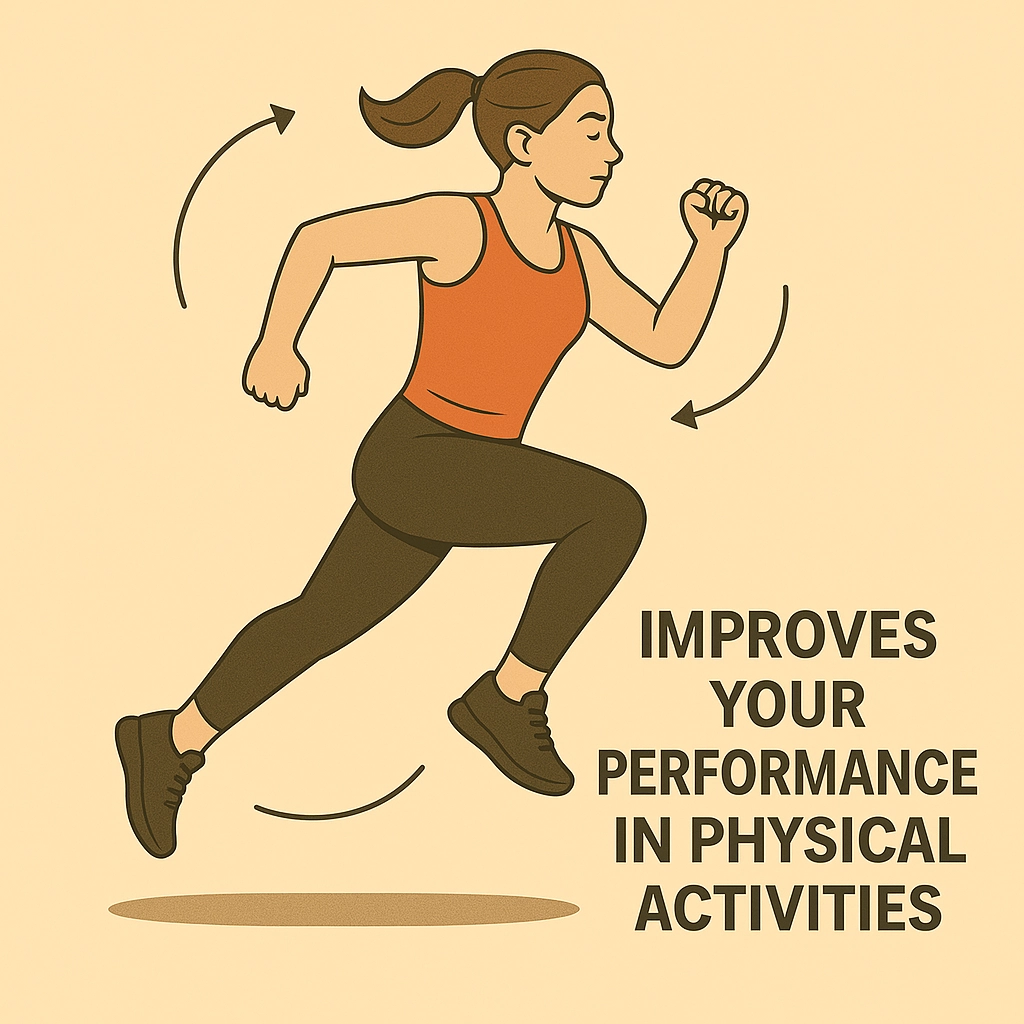
Your pre-activity stretching routine has a direct impact on how well you perform in your chosen sport or exercise.
4. Increases Blood Flow to Your Muscles
Stretching boosts your body’s circulation in powerful ways, creating a surge of fresh blood flow to your muscles. When you make stretching a regular part of your fitness routine, you’re helping your body recover faster from physical performance demands and exercise-related muscle damage.
For exercise enthusiasts, the connection between stretching and improved circulation is a breakthrough. As you stretch, your body increases blood flow to your muscles, delivering essential nutrients and oxygen where they’re needed most.
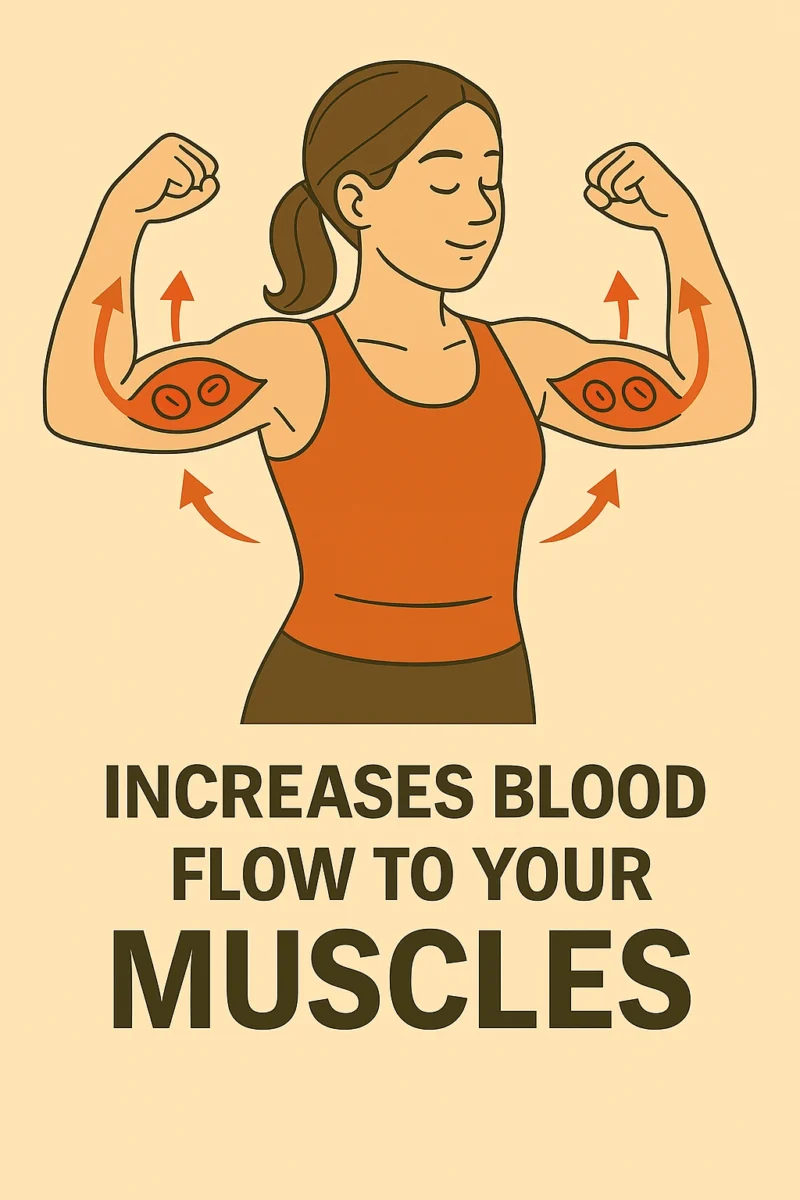
This enhanced blood flow helps reduce muscle soreness and speeds up your recovery time after workouts.
Just as Arnold Schwarzenegger always emphasized the importance of proper recovery, incorporating regular stretching into your routine helps maintain peak muscle function. It prevents the dreaded effects of delayed onset muscle soreness (DOMS).
5. Improves Your Posture
When muscle imbalances throw your body out of alignment, you’ll notice the effects in your everyday movements and overall well-being. Poor posture can lead to chronic pain, particularly low back pain, making simple tasks feel challenging.
A consistent stretching routine, combined with targeted strengthening exercises, can help restore proper body alignment. By addressing tight and weak muscles through specific stretches, you’re working to correct these imbalances that contribute to poor posture.
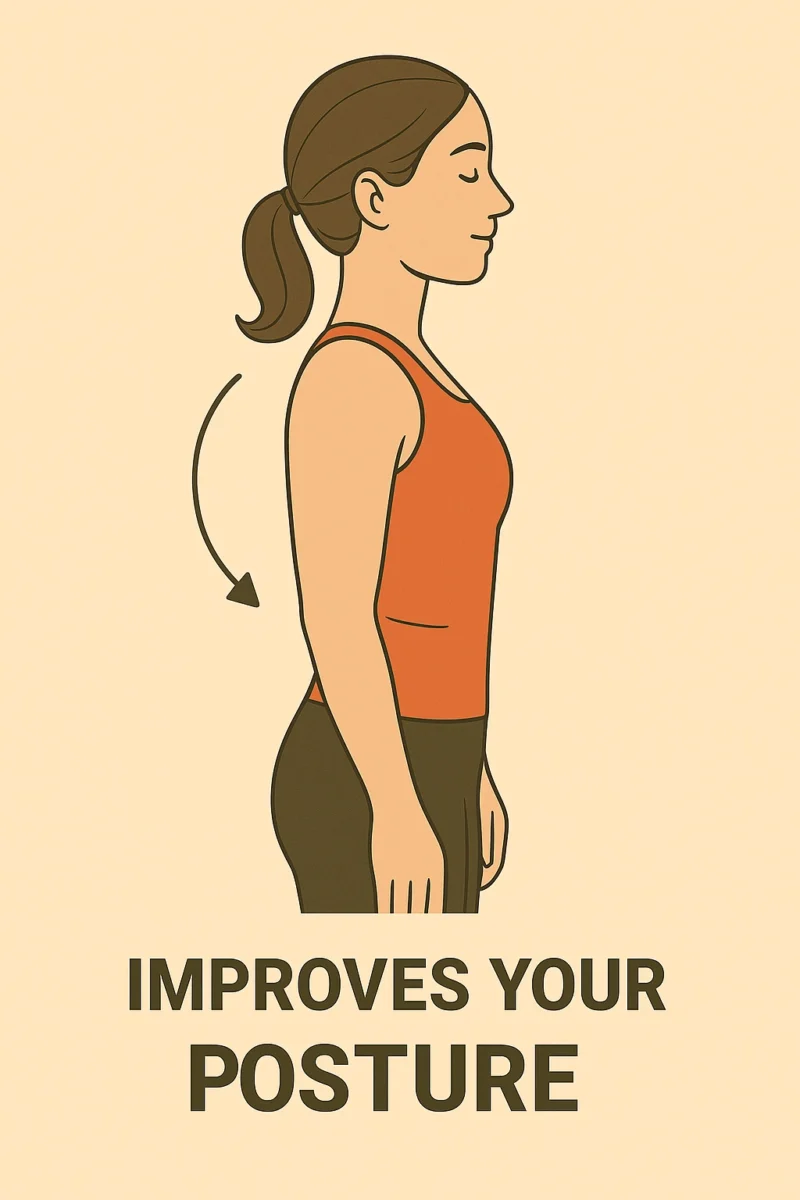
You’ll notice improvements in how you stand, sit, and move throughout the day. Recent research shows that this balanced approach to stretching and strengthening noticeably reduces musculoskeletal pain while promoting better posture.
Just as Arnold always emphasized form over ego in weightlifting, maintaining proper alignment through stretching helps build a foundation for long-term physical health.
6. Helps to Heal and Prevent Back Pain
As millions struggle with chronic back pain, targeted stretching offers a powerful solution for both healing and prevention. When you maintain a regular stretching routine, you’ll strengthen your back muscles while reducing the risk of muscle strain and neck pain.
Your tight muscles can limit your range of motion, making you more susceptible to a back injury. That’s why focusing on key areas like your hip flexors can greatly improve your back function and decrease discomfort. Research from 2020 confirms that hip stretches are particularly effective in managing back pain.
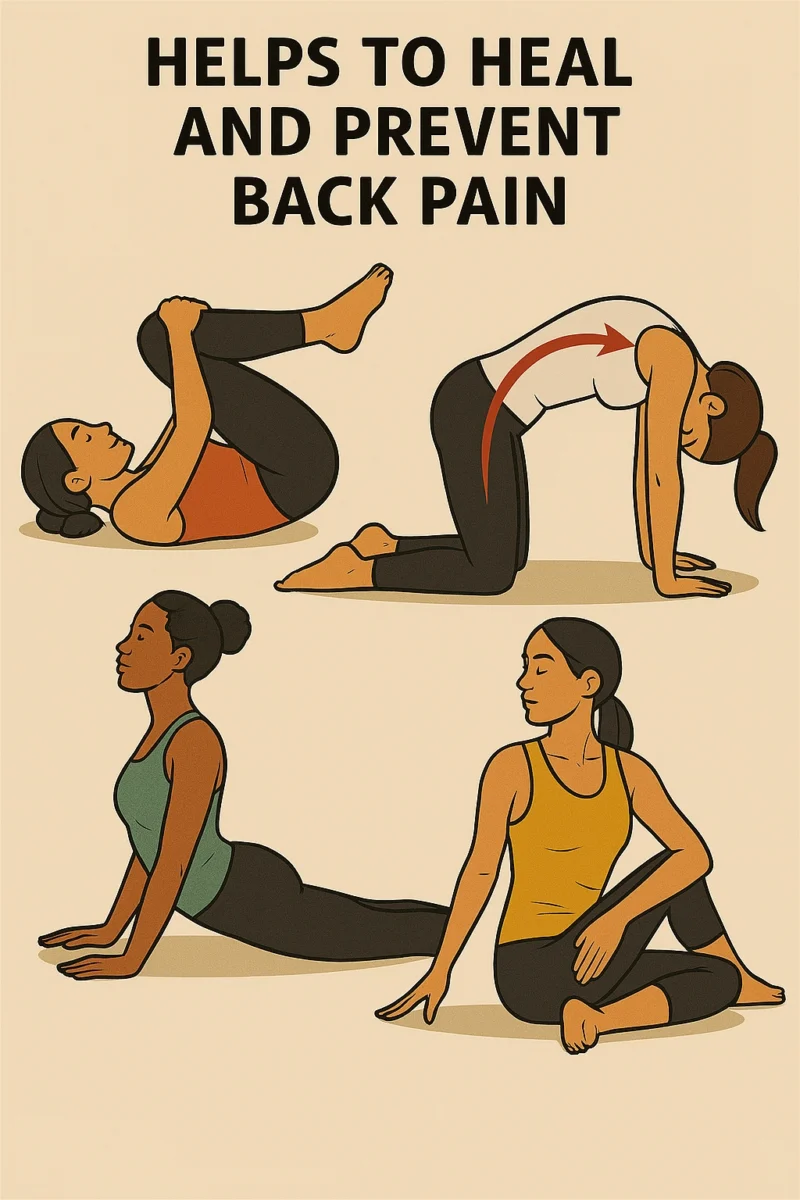
Before starting any stretching program, especially if you’re dealing with an existing back injury, it’s essential to consult a physical therapist.
They’ll guarantee you’re using proper form and technique to prevent further complications while maximizing the healing benefits of your stretches.
7. It’s Excellent for Stress Relief
Stress and anxiety can manifest physically in your body through muscle tension, creating a cycle of discomfort that’s hard to break. Through static stretching and targeted movements, you’ll find effective stress relief that helps release tightness and mental strain.
Even movement specialists and physical therapy experts recommend simple stretches during stressful situations, such as being confined to a cabin during long flights. You can perform gentle neck and shoulder rolls while seated, or try a standing hamstring stretch to ease tension. The key is focusing on areas where you hold stress, typically your upper body and back.
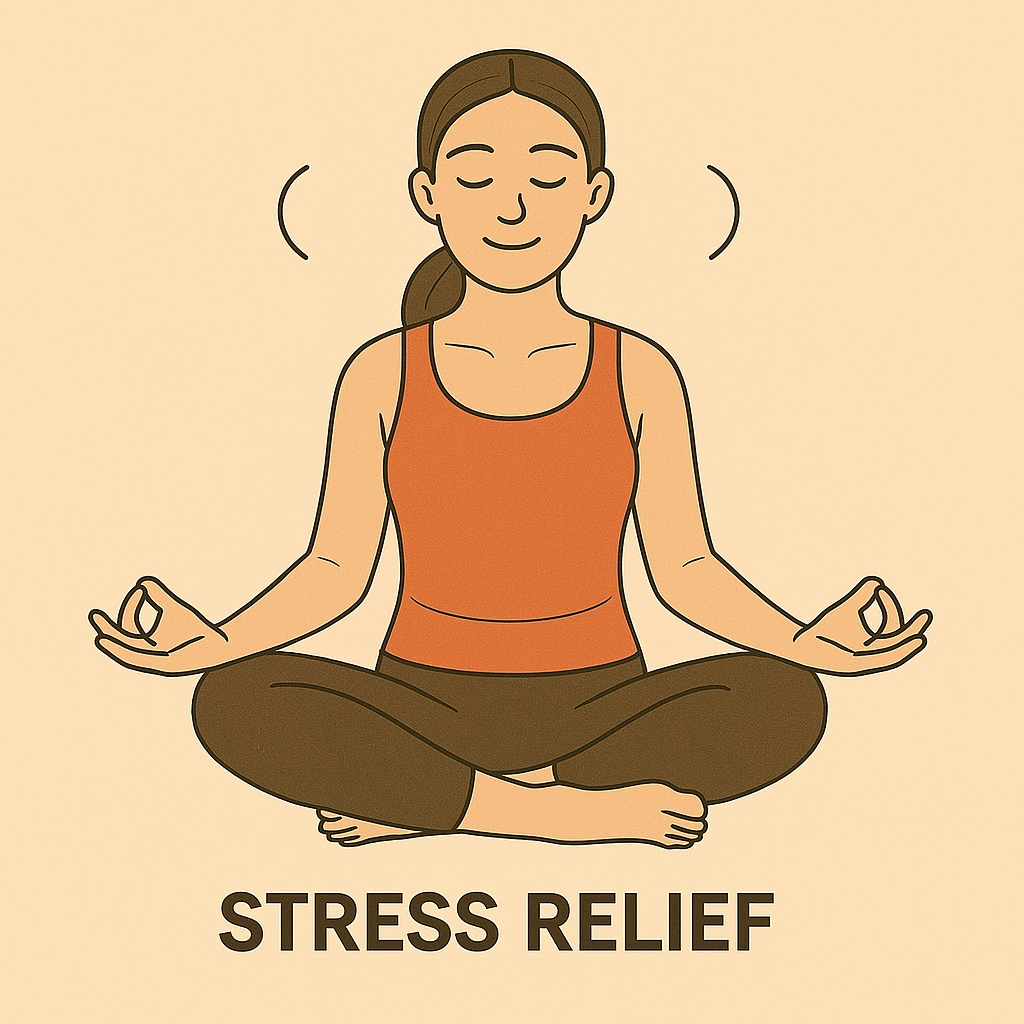
Just as Arnold always said, “The mind is the limit,” and by incorporating regular stretching into your routine, you’re giving both your body and mind the release they need to stay balanced and focused.
8. Can Calm Your Mind
The calming effects of stretching extend far beyond physical relaxation to encompass mental clarity and focus. When you engage in a regular stretching program, you’re not just working on your flexibility; you’re giving your mind a much-needed break from daily stresses.
To maximize these mental benefits, try combining your stretching routine with meditation exercises. Here’s how:
- Find a quiet space where you won’t be interrupted.
- Focus on your breathing while holding each stretch.
- Let your thoughts float away as you feel the tension release.
You’ll notice that as your body becomes more flexible, your mind becomes more peaceful.
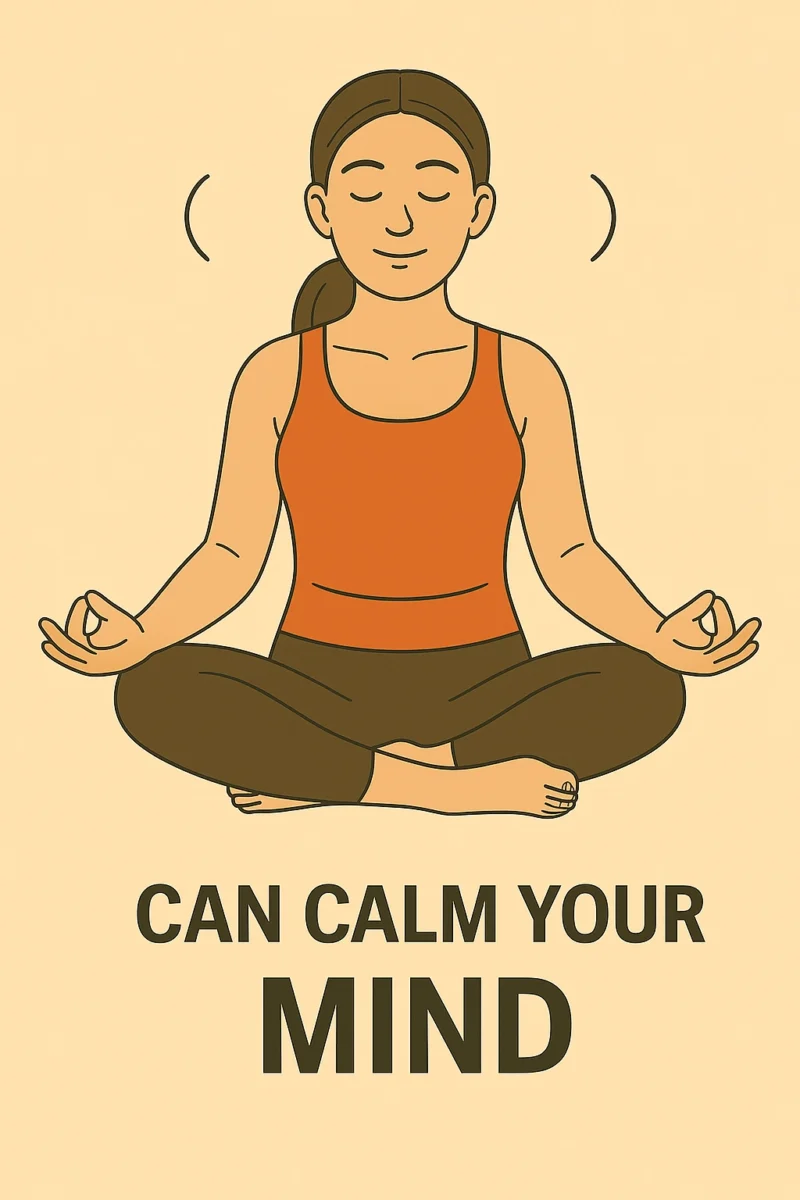
This combination of physical and mental wellness makes stretching an excellent addition to any physical therapy or fitness routine, helping you achieve both bodily and mental balance.
9. Helps Decrease Tension Headaches
While many people reach for medication to combat tension headaches, incorporating targeted stretching exercises into their daily routine can effectively reduce both the frequency and intensity of these debilitating pains.
Stretching helps release muscle tension in your neck, shoulders, and upper back—areas where stress often accumulates and triggers headaches. You’ll find that a dynamic warmup followed by gentle stretching can increase blood flow and oxygen to tense muscles, promoting better sleep quality and athletic recovery.
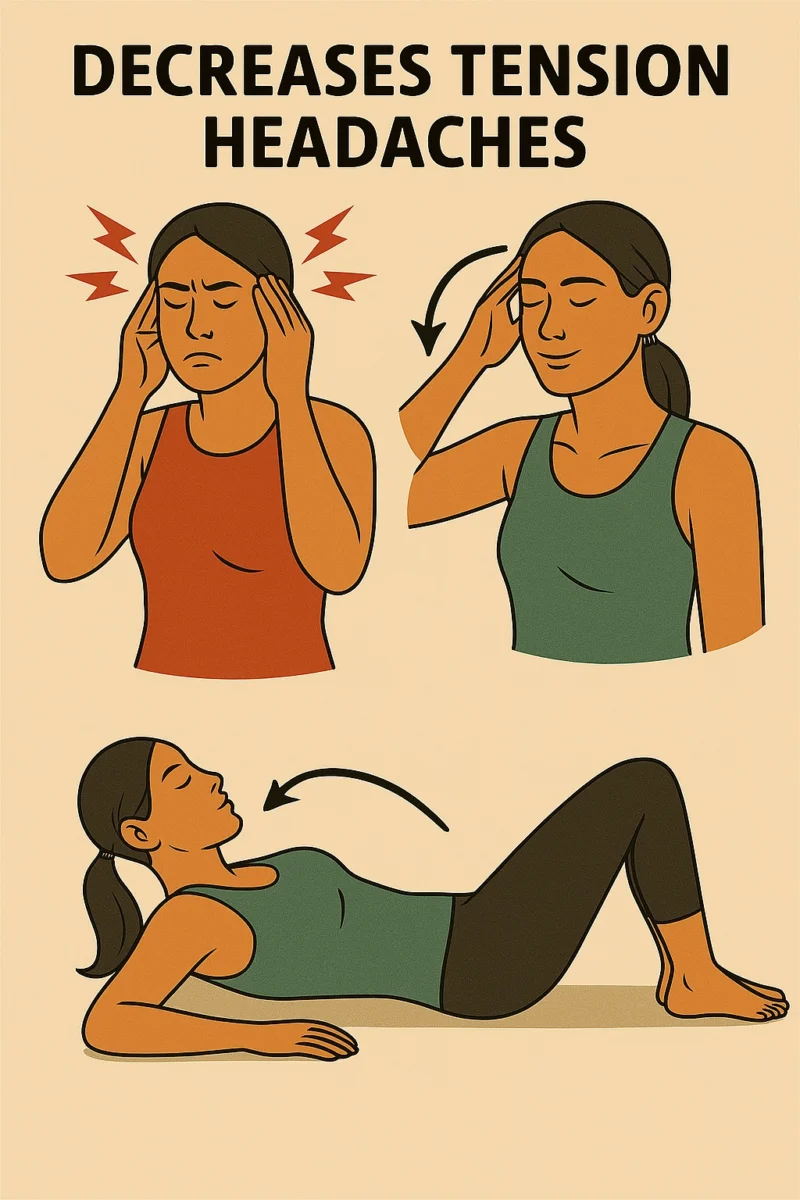
To maximize these benefits, you’ll want to:
- Perform neck rotations and shoulder rolls
- Practice gentle head tilts
- Hold upper trapezius stretches
- Do chin tucks throughout the day
10. Alleviating Muscle Tension and Pain
Stretching before bed helps reduce muscle tension. Focus on areas such as the neck, shoulders, and lower back. Gentle stretches can ease stiffness. Improved flexibility helps in better sleep quality. Stretching these areas can also prevent injuries. Use a routine that targets these common tight spots.
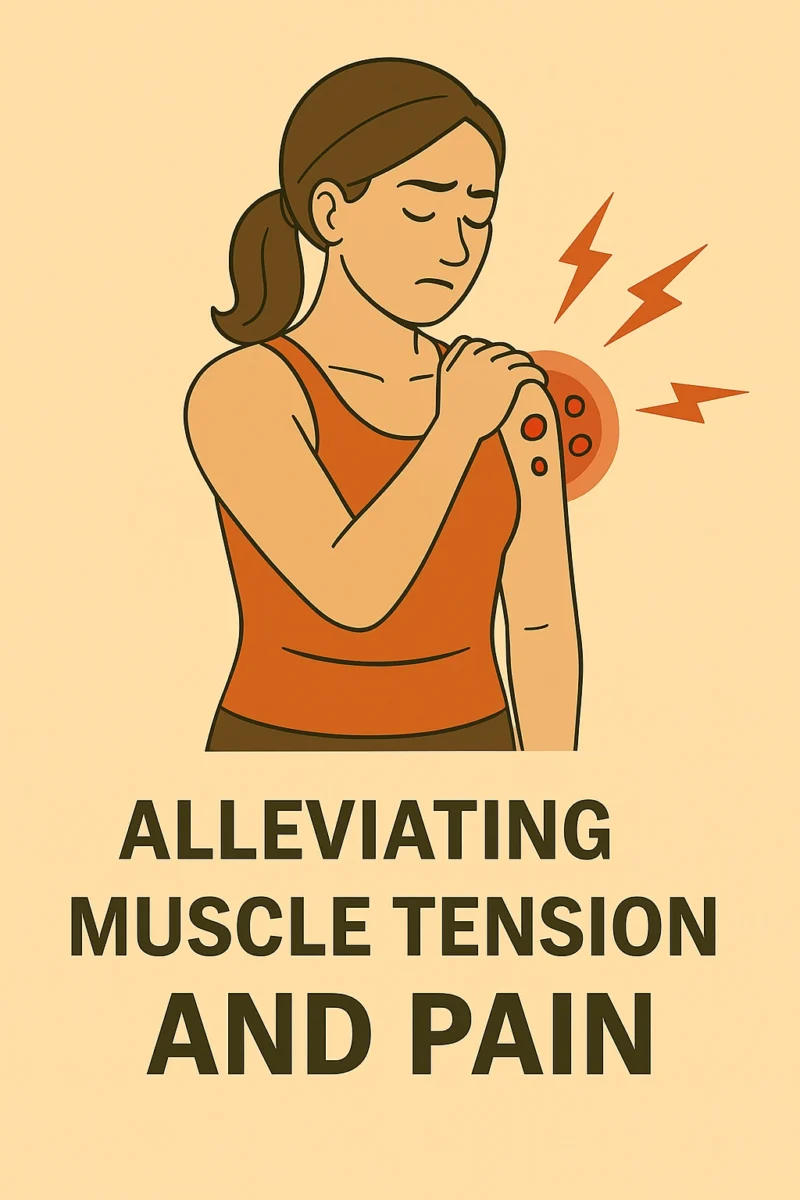
Regular stretching provides long-term relief for individuals with chronic pain. It improves blood flow to muscles. This helps in reducing inflammation. Consistent practice can enhance mobility. Stretching also lowers stress levels. Over time, this results in fewer frequent pain episodes. It’s a simple way to manage chronic discomfort.
11. Supporting Overall Health
Stretching before bed can improve blood flow. Better blood flow helps the heart work more efficiently. This means the heart does not have to work as hard. It can also help reduce blood pressure. Good blood flow helps maintain the body’s health.
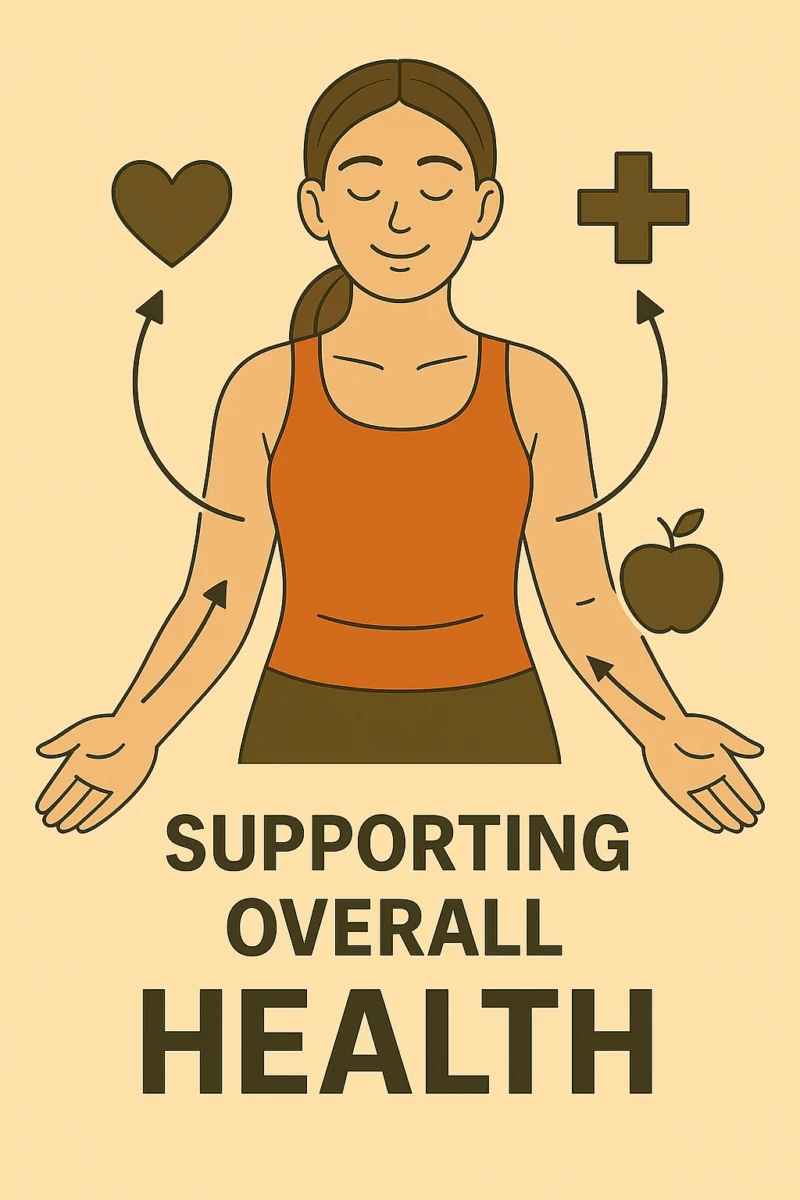
Stretching can boost the immune system. A strong immune system fights off germs better. This means fewer colds and illnesses. Stretching helps remove toxins from the body. This makes the immune system stronger. A strong immune system enables you to stay healthy.
Stretching Techniques
Understanding proper stretching techniques amplifies your ability to prevent tension headaches and release your body’s full potential.
You’ll find several effective methods to enhance your flexibility, with static and dynamic stretches being the most common approaches.
When you’re preparing for a strength exercise session, dynamic stretching helps warm up your muscles through controlled movements. This technique increases blood flow and primes your body for action – something Arnold always emphasized in his training philosophy.
After your workout, static stretching becomes your best ally, as you hold each position for 10 to 30 seconds. While ballistic and active stretching have their place, they require more expertise to perform safely and effectively.
The key is matching your stretching technique to your activity: dynamic before exercise for cardiovascular benefits, and static afterward for muscle recovery and flexibility gains.
How to Start a Stretching Routine
Starting a stretching routine doesn’t have to be complicated – you’ll find success by following a systematic approach that gradually builds flexibility.
Begin with 5-10 minutes of basic stretches, focusing on major muscle groups to prevent joint injury. When you exercise, perform dynamic stretches beforehand and static stretches afterward.
Include essential moves like calf stretches, quadricep stretches, and lower back extensions. On rest days, dedicate at least 5-10 minutes to stretching to maintain and improve your flexibility.
Remember to:
- Master proper form before increasing intensity
- Target key areas like hamstrings and hip flexors
- Focus on upper body mobility, including shoulders and neck
- Be patient with progress – even Arnold started with basic stretches before achieving his legendary physique
Guide your movements with controlled breathing and avoid forcing a stretch beyond your comfort level.
Risks and Safety Tips
Safe stretching practices must take precedence over pushing your limits – even Arnold learned this lesson early in his training days.
Before starting any stretching protocol, it’s essential to consult with a healthcare professional, especially if you’re recovering from orthopedic surgery or have injured connective tissue.
Here’s what you need to know:
- Never stretch cold muscles – do a 5-10 minute warm-up to increase blood flow and clear lactic acid
- Stop if you feel pain, not just tension
- Don’t over-stretch the same muscle groups multiple times daily
- Consult a doctor if you have physical limitations
- Work with a physical therapist to design a customized routine for chronic conditions
Remember: Your body’s signals are your best guide. If something doesn’t feel right, back off and reassess your approach.
To Wrap It All Up
You’ll access a million possibilities when you make stretching part of your daily routine. It’s one of the simplest yet most powerful ways to transform your fitness journey.
By incorporating proper stretching techniques, you’re giving your body the attention it deserves while building a foundation for better movement, reduced pain, and enhanced performance. Start today, and you’ll wonder why you didn’t begin sooner.
FAQs
Why Is Stretching Important for Your Body?
Stretching is important for your body because it improves flexibility, enhances circulation, reduces injury risk, and supports joint health. It prepares muscles for movement and promotes recovery after physical activity. Regular stretching maintains mobility and helps prevent muscle imbalances.
What Happens to Your Muscles When You Stretch?
When you stretch, your muscles lengthen, blood flow increases, and tension decreases. The muscle fibers elongate temporarily, improving elasticity and range of motion. Stretching also activates receptors that help reduce stiffness and protect muscles from strain.
Physical vs Mental Benefits of Stretching
The main difference between physical and mental benefits of stretching is that physical benefits include increased flexibility, reduced soreness, and better mobility, while mental benefits involve stress relief, improved focus, and relaxation. Stretching supports both body function and emotional well-being.
Is Stretching Better Before or After a Workout?
Stretching is better before a workout when done dynamically to warm up muscles and increase blood flow. After a workout, static stretching is better for reducing stiffness and enhancing flexibility. Use dynamic stretches pre-workout and static stretches post-workout for best results.
Can Stretching Improve Posture?
Stretching improves posture by releasing tight muscles, lengthening shortened tissue, and restoring alignment. It helps counteract the effects of sitting, reduces spinal strain, and activates supporting muscles. Consistent stretching promotes a balanced, upright position and prevents postural imbalances.
Does Stretching Help With Stress Relief?
Stretching helps with stress relief by reducing muscle tension, lowering cortisol levels, and promoting relaxation. It activates the parasympathetic nervous system, which calms the body and mind. Gentle stretching combined with deep breathing enhances mental clarity and emotional balance.
Can Daily Stretching Improve Flexibility?
Daily stretching improves flexibility by gradually increasing muscle length and joint range of motion. Consistent practice enhances tissue elasticity and reduces stiffness. Over time, daily stretching leads to better movement efficiency and decreased injury risk.
What Are the Long-Term Benefits of Stretching Regularly?
Long-term benefits of stretching regularly include improved posture, enhanced flexibility, reduced injury risk, better circulation, and less muscle tension. Regular stretching also supports joint health and mobility. Over time, it contributes to sustained physical performance and overall well-being.
Is Stretching Good for Heart Health or Circulation?
Stretching benefits circulation by improving blood flow, reducing arterial stiffness, and supporting vascular function. While it doesn’t replace cardio, stretching enhances endothelial health and may reduce blood pressure. It indirectly supports heart health by lowering physical stress and improving recovery.
Can Stretching Help With Sleep Quality?
Stretching improves sleep quality by relaxing the body, lowering stress, and reducing physical tension before bed. Gentle evening routines calm the nervous system and promote melatonin release. Consistent stretching can lead to deeper, more restful sleep.
Morning vs Evening Stretching: What’s More Effective?
The main difference between morning and evening stretching is their purpose. Morning stretching wakes up muscles and improves circulation for daily activity, while evening stretching relaxes the body and prepares it for sleep. Both are effective when matched to your goals and routine.



